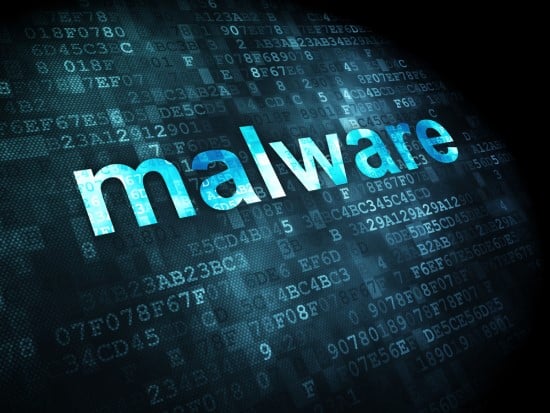Are you doing everything you can to protect your devices and data from malware? If not, you need to start! Malware is a massive threat to individuals and businesses and can cause much damage. This blog post will discuss some malware protection best practices that will help keep your devices and data safe. Follow these tips, and you will be well on protecting yourself from cybercrime.
What is malware?
Malware is a type of software that is designed to damage or disable computers and computer systems. It can also be used to steal information or money from victims. Malware can be spread in several ways, including through email attachments, downloads, connecting other devices to your computer, and even visiting infected websites.
Types of malware
There are a few different types of malware, including viruses, worms, spyware, trojans, and ransomware.
Viruses
A virus is a malware that can reproduce and spread to other computers. Once a computer is infected with a virus, it can be used to attack other computers or to steal information.
Worms
A worm is a type of malware similar to a virus in that it can replicate itself and spread to other computers. However, unlike viruses, worms do not need to attach themselves to files or programs to spread.
Spyware
Spyware is a malware designed to collect information about victims without their knowledge or consent. Spyware can track victims’ online activity, steal personal information, or even eavesdrop on conversations.
Ransomware
Ransomware is malware that encrypts files on the victim’s computer and demands payment to decrypt them. This type of malware can be especially damaging as it can prevent victims from accessing their data.
Trojans
A Trojan is a type of malware disguised as a legitimate program or file. When executed, a Trojan will perform some malicious action, such as stealing information or installing other malware.
Preventing malware infections
There are a few things you can do to prevent your devices from becoming infected with any malware:
-Only download programs and files from trusted sources: This includes only downloading programs and files from websites you know and trust.
-Don’t open email attachments from unknown senders: If you don’t know the sender, or if the email looks suspicious, don’t open any attachments.
-Keep your software up to date: Install updates for your operating system and other software as soon as they are available. These updates usually include security fixes that can help prevent malware infections.
-Install a security tool: A good security tool can help protect your devices from malware by scanning for and removing any malicious software. Make sure your computer has a browser malware removal tool.
-Back up your data: This way, if your computer does become infected with malware, you will not lose any important data.
Following these simple tips can significantly reduce your risk of becoming infected with malware.
Conclusion
Any type of malware is a serious threat to both individuals and businesses. However, you can do a few things to protect yourself and prevent malware infections. Follow the tips in this blog post, and you will be well on staying safe from malware!

